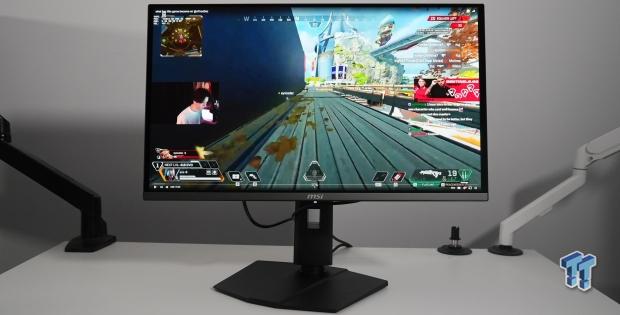
The Bottom Line
Pros
- + Glorious refresh rate
- + Vibrant colors
- + Sleek physical design
- + Reasonable price
- + Incredibly responsive
Cons
- - Brightness levels
- - Blurry text
- - Random pixel artifacting
Should you buy it?
AvoidConsiderShortlistBuyIntroduction
The wave of QD-OLED gaming monitors has arrived, and MSI is kicking off its offerings with the now-released MPG 271QRX, a 2560 x 1440p resolution, 360Hz refresh rate, and 0.03ms response time gaming monitor.
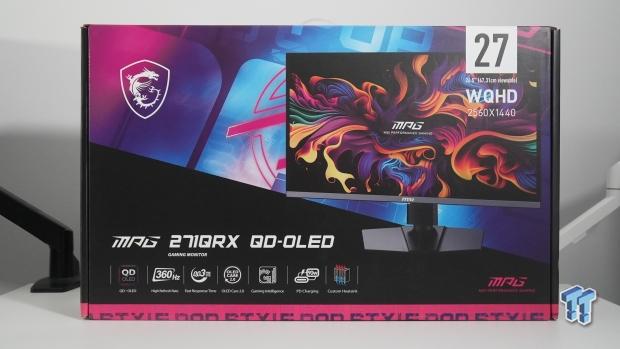
If you happened to catch any news out of CES 2024, you would have heard almost every company that makes monitors is releasing a version of the new QD-OLED panel, which is the latest in pixel technology that enables gamers to play their titles with incredible colors, phenomenal response times, insane refresh rates, which is all nicely packed into an extremely thin, compact, sleek shell.
The rise of QD-OLED gaming monitors will undoubtedly be a shift in the gaming industry as gamers will be drawn to the incredible specifications that these displays offer, but which should you choose, given so many are now available to purchase? Today, we will be diving into MSI's 27-inch QD-OLED gaming monitor and attempting to outline all of the positives and negatives of the panel while also identifying which type of gamer it is best suited for.
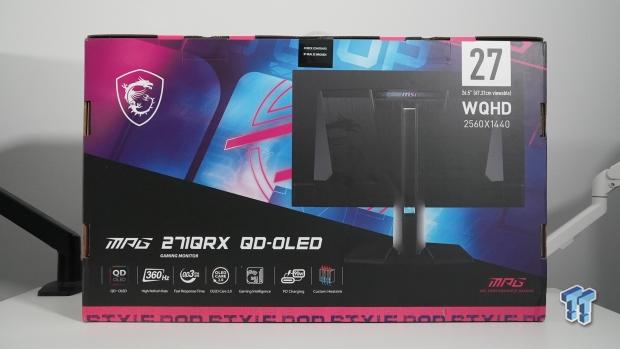
Specifications
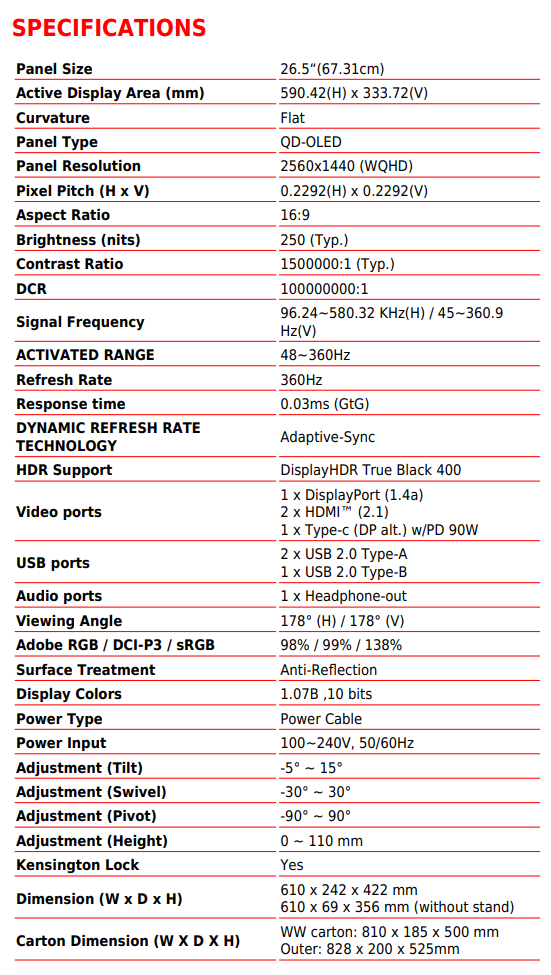
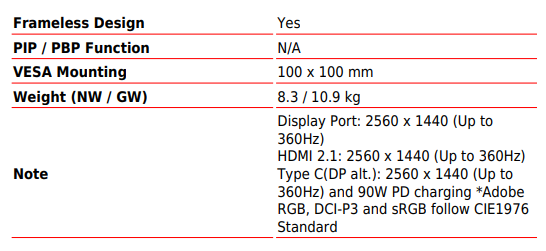
Close-up
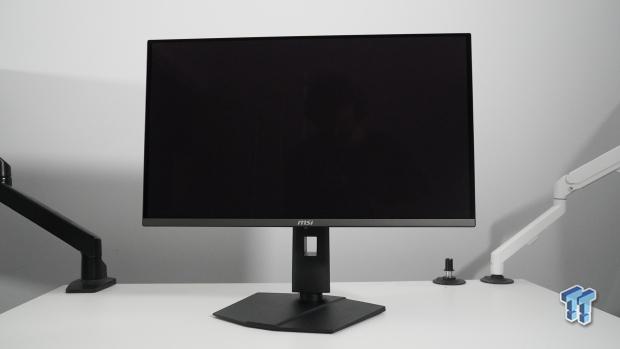
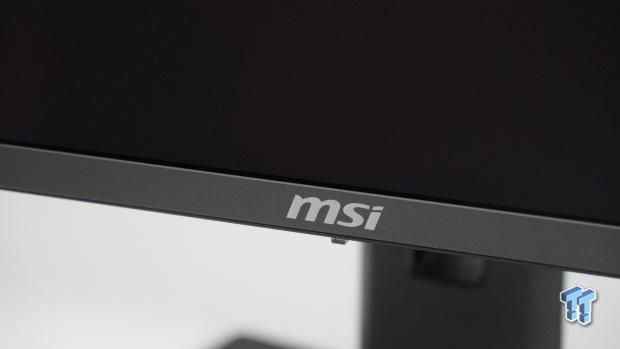
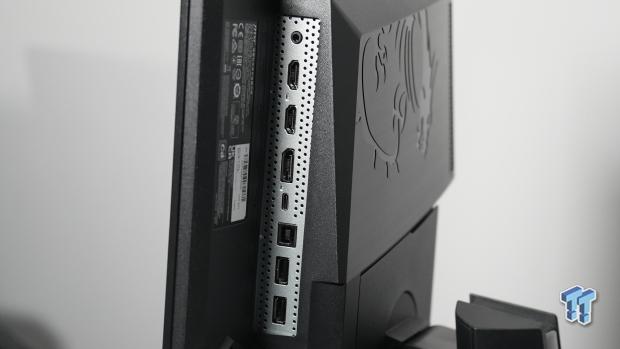
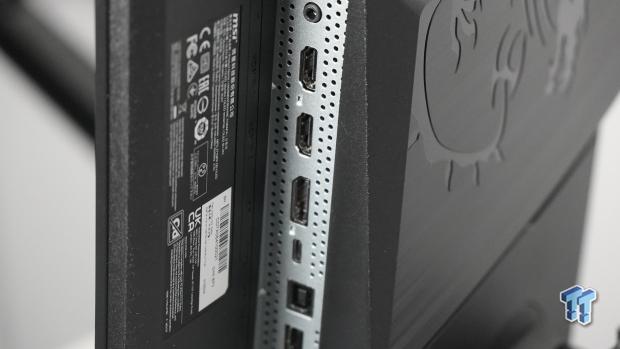
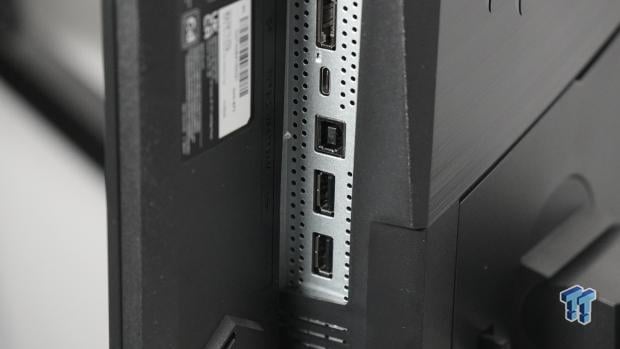
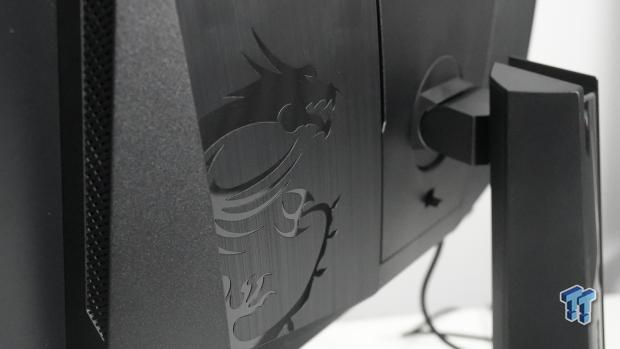
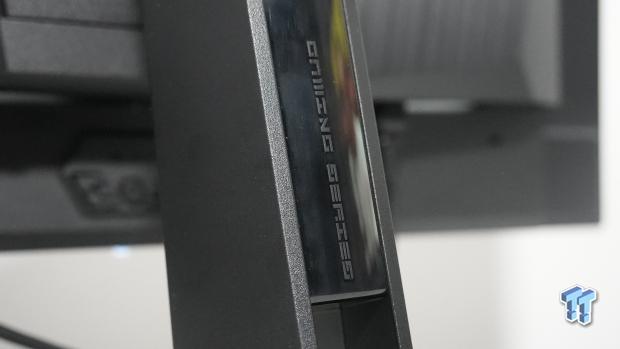
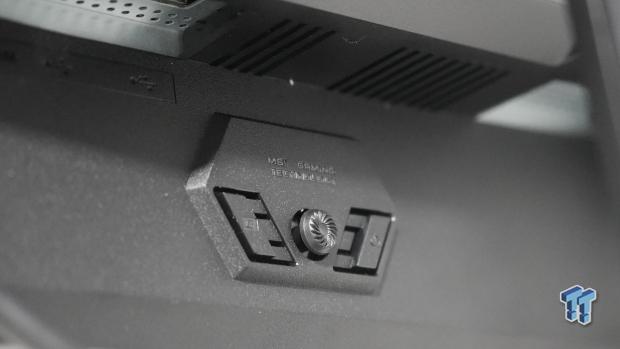

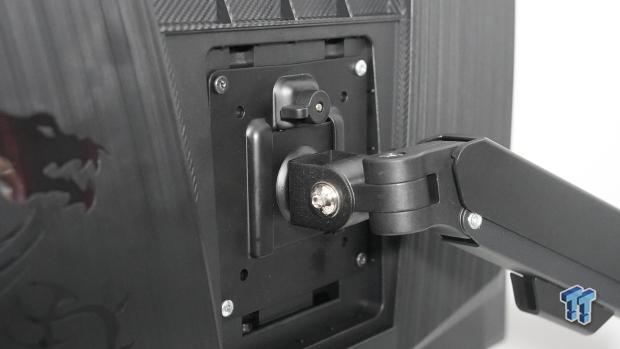
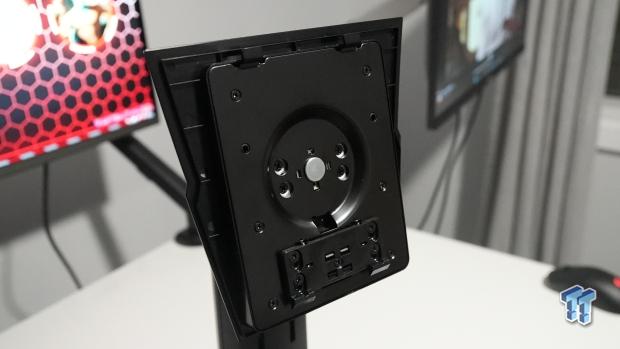
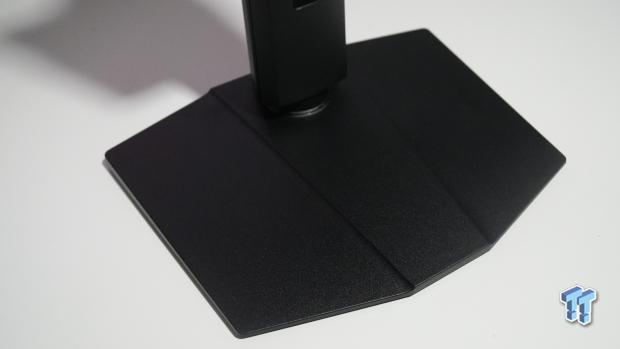
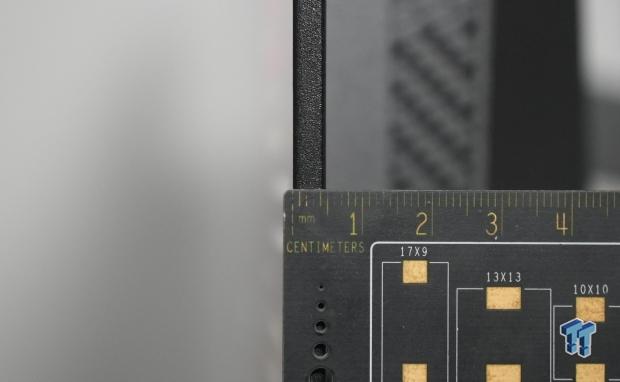
Design & Panel Breakdown
So, what do you get when you take a look at the 271QRX? Firstly, MSI has done a fantastic job at making the unboxing and assembly experience enjoyable, easy, and manageable, which is a great thing to see when so many gaming monitors provide an unboxing experience that is tedious, messy, and time-consuming. MSI has also streamlined everything with the assembly, as the monitor stand can be easily attached to the display with a simple quick-release mechanism that provides a sturdy and easy-to-remove experience. The feet of the monitor screws into the stand via a thumb screw.
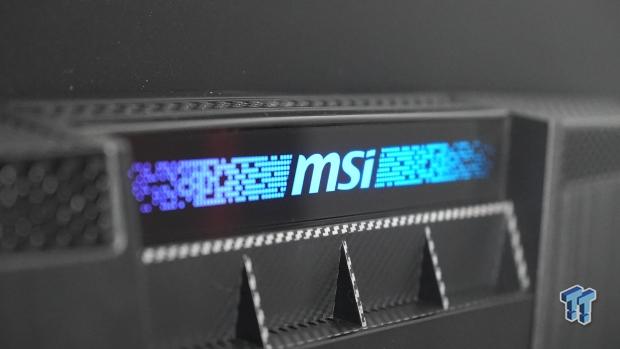
Moving onto the display itself, MSI has housed all of the components that enable 1440p at a glorious 360Hz within a compact compartment on the backside of the display. This compartment is smaller than the display itself and features air-flow grills on the top, bottom, and sides. Throughout my testing, I did notice some heat coming out of the grills after a lengthy gaming session. This heat wasn't concerning and is expected considering the level of performance the 271QRX is capable of when at maximum load.
The entire back compartment of the 271QRX, along with the outer back shell of the monitor, is made out of hard plastic that feels extremely sturdy and very high quality. On one side of the outer shell on the back compartment is MSI's dragon logo ingrained on a sheet of aesthetically pleasing brushed plastic.
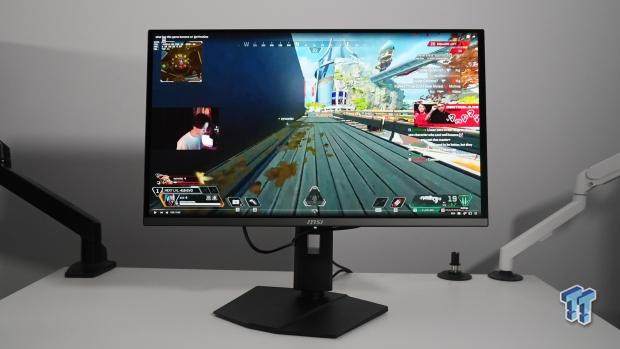
Moving to the bottom half of the back of the monitor, buyers will find all of the following connectivity options MSI has equipped the 271QRX with 1x DisplayPort 1.4a, 2x HDMI 2.1, 1x USB-C with 90W power delivery, 2x USB 2.0 Type-A, 1x USB 2.0 Type-B and a 3.5mm headphone out port. The awesome LED lighting located at the top of the display and the connectivity options are all the bells and whistles MSI has slapped onto the back of the display. While I didn't find a need to use the majority of connectivity options, I do appreciate that they are there given the price of the 271QRX, especially the USB-C 90W PD port, which I used regularly.
Overall, the physical design of the 271QRX is exactly what you would expect for its price. It's a very well-constructed monitor with no obvious structural negatives; it runs cool, isn't loud, and is a gaming monitor that I believe would complement almost any gaming setup.
Panel Breakdown
The QD-OLED panel is the latest pixel technology coming into gaming monitors, and for those who have been waiting around to get OLED, we are finally here! CES 2024 showcased a tonne of QD-OLED panels, and MSI's 271QRX is equipped with everything a gamer would want out of a gaming monitor: vibrant colors, high refresh rate, decent resolution, and as fast as possible responsiveness.
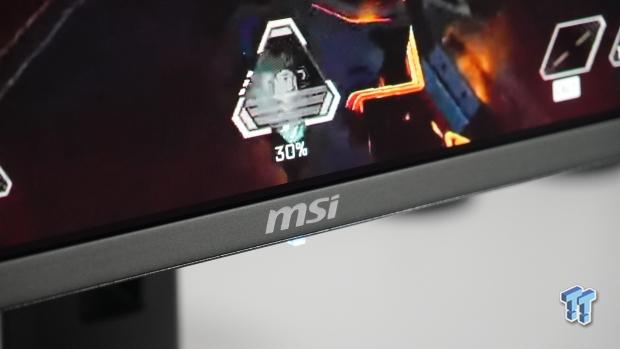
Here's what QD-OLED will get you on the 271QRX: a maximum panel resolution of 2560 x 1440 (WQHD), a contrast ratio of 1,500,000:1, a response time of just 0.03ms (GtG), DisplayHDR True Black 400, and Adobe RGB / DCI-P3 / sRGB color coverage of 98% / 99% / 138%, respectively. The QD-OLED enables an entirely wide color gamut, giving incredibly vibrant colors across all games and tasks. Throughout my testing, I found no need for color calibration as the panel looked gorgeous straight out of the box. The 0.03ms response time is second to none, and once you have used a gaming monitor with this kind of responsiveness, paired with the colors and a high refresh rate, it's extremely hard to go back to any other panel.
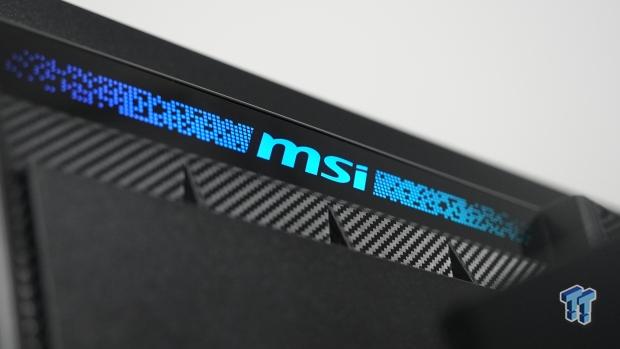
While that is all extremely positive, there are some things worth mentioning that I found to be negatives. Throughout my testing, I noticed seemingly arbitrary pixel lines turning to white and then reverting back to their designated color. This was an issue that I didn't notice immediately, but then, after I noticed it and began looking for it more, I found it was occurring much more frequently. I have provided some GIFs of the noticed issue below, and unfortunately, I was unable to find a fix for the problem throughout my testing.
I attempted to swap out multiple display port cables and performed side-by-side testing on other monitors to see if it was my GPU or cables. The problem still persisted. I was left unsure if this issue is exclusive to the unit that I am testing, if there is even a fix for it, or if this could be an issue with the new QD-OLED panel technology. I really hope the latter doesn't turn out to be the case, as that would be catastrophic for an overall incredible pixel technology.
Another downside worth mentioning about the 271QRX is the text rendering. Most users who aren't dancing between office tasks that include a lot of text and are exclusively gaming likely won't even notice this issue. However, those who do switch between games and heavy text workflows should know the text rendering on QD-OLED panels isn't very clear. This issue can be attributed to the sub-pixel layout, which is the specific layout of Red, Green, and Blue (RGB). The specific issue is called text fringing, which is essentially the occurrence of a white glow around the outside of the text. This problem is particularly noticeable when typing white text onto a black background document.
These second-generation QD-OLED panels have made improvements to text rendering compared to the first generation, but the problem is still noticeable and may result in eye strain over long periods of reading/writing. Another issue I had with the 271QRX was the brightness out of the box. With a typical brightness of just 250 nits, I was forced to dive into the On-Screen-Display (OSD) options to increase brightness through the use of HDR 400 True Black / Peak 1000 nits. I found that enabling HDR on the monitor and in Windows provided a better experience with the increase in brightness, but I would still like the monitor to be much brighter.
Performance
As with all of my gaming monitor reviews, I attempt to match the monitor I'm testing to the type of gamer that would get the most out of it. To attempt to identify that gamer, I run the monitor through a variety of different games. I tested the 271QRX in the following titles: Apex Legends, Overwatch 2, The Witcher 3, DOOM Eternal, Age of Empires IV, and Hellblade: Senua's Sacrifice. The 271QRX didn't disappoint in any of these titles and simply ate up whatever game I threw at it. While the in-game experience was incredible across all tested titles, some shone more than others.
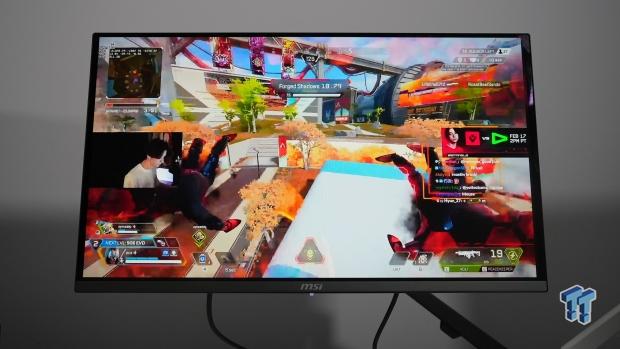
Apex Legends, Overwatch 2, DOOM Eternal, or all the First-Person-Shooter (FPS) titles, is where I believe you get the most out of the 271QRX. There's a combination of reasons why the 271QRX shines in FPS titles the most: the extremely high refresh rate, response time, and refresh rate; all jammed into an appropriately sized 27-inch display. I believe 27-inch displays are perfect for competitive or fast-paced FPS titles as they are big enough to have some screen real-estate while also being small enough to really lock into what you see on-screen. Titles that don't have a capped framerate and can take advantage of the 360Hz refresh rate, such as Overwatch 2 and DOOM Eternal, shine the best. Unfortunately, Apex Legends caps out at 300 FPS.
The 271QRX is directly aimed at competitive FPS gamers who are looking to get the best advantage they possibly can on their opponents, and throughout my testing, I believe that goal was achieved as I truly felt more dangerous in-game than I typically do. Before purchasing this monitor, I would first check if the first-person-shooter titles you play are able to reach at least 300 FPS because if your most-played game is unable to do that, then you won't be taking advantage of one of the best aspects of your new display, but will still be paying for it.
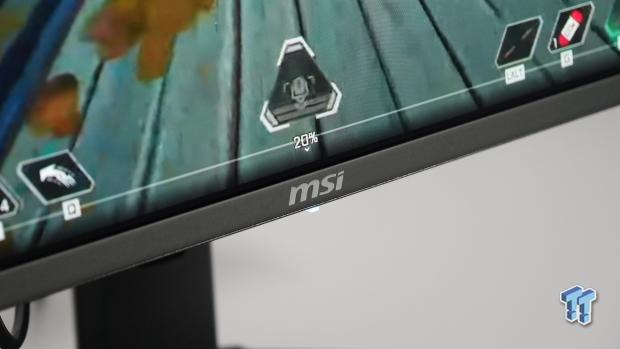
Let's talk refresh rate. There are only a couple of times that I've felt like a monitor has given me a distinctive advantage over my opponents in-game. The first was when I made the jump from 60Hz to 144Hz, and the second was when I used a monitor that had a 240Hz refresh rate and a 0.03ms response time. The leap from 144Hz to 240Hz is noticeable, but nothing compared to making the leap from 60Hz to 144Hz. However, the jump from 144Hz to 360Hz is almost the same as going from 60Hz to 144Hz, and if you are currently running a 144Hz monitor and exclusively play fast-paced FPS titles, I would recommend you bite the bullet, pay the money, and make that leap as you won't regret it - especially when paired with that juicy 0.03ms response time.
Overall, the in-game performance of the 271QRX is glorious, with very few downsides, if any at all. If FPS titles were the meat, MSI's 271QRX would be the potatoes.
Final Thoughts
So, should you buy MSI's MPG 271QRX? MSI has priced the 271QRX at $799, which is quite reasonable for what you get with the display (given the pixel artifacting outlined in the Panel Breakdown section of the review isn't present across all 271QRX's units).
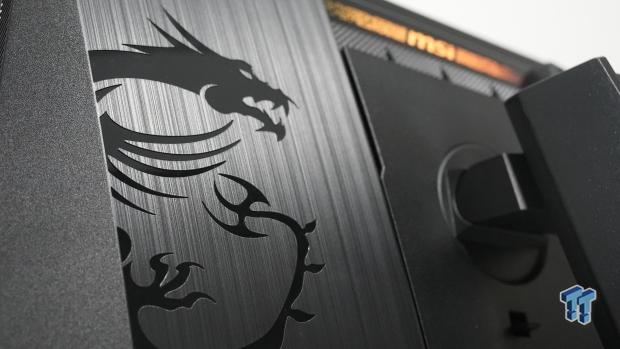
The MPG 271QRX is aimed at competitive FPS gamers, particularly those running 60Hz, 144Hz, or even 160Hz refresh displays. If you have a 240Hz OLED display, I wouldn't recommend you purchase the 271QRX, as the upgrade likely wouldn't be worth the money. But, if you have a refresh rate of 160Hz or below, play competitive FPS titles, want vibrant in-game colors and insane responsiveness, and don't necessarily care too much about minuscule blurry text, I would point you to the 271QRX.
Costing $799, the 271QRX is certainly an expensive monitor, and before purchasing, I would make sure your PC can handle the extreme 360Hz refresh rate as you would be leaving a lot of money on the table if your PC doesn't have the hardware to take full advantage of what the 271QRX has to offer.
Overall, MSI has done a fantastic job with the MPG 271QRX QD-OLED, and for $799, I believe any FPS gamer that used one wouldn't be able to go back to using anything lower than the 271QRX's high specifications. The new cream of the crop for fast-paced FPS gaming is here with the MPG 271QRX.

